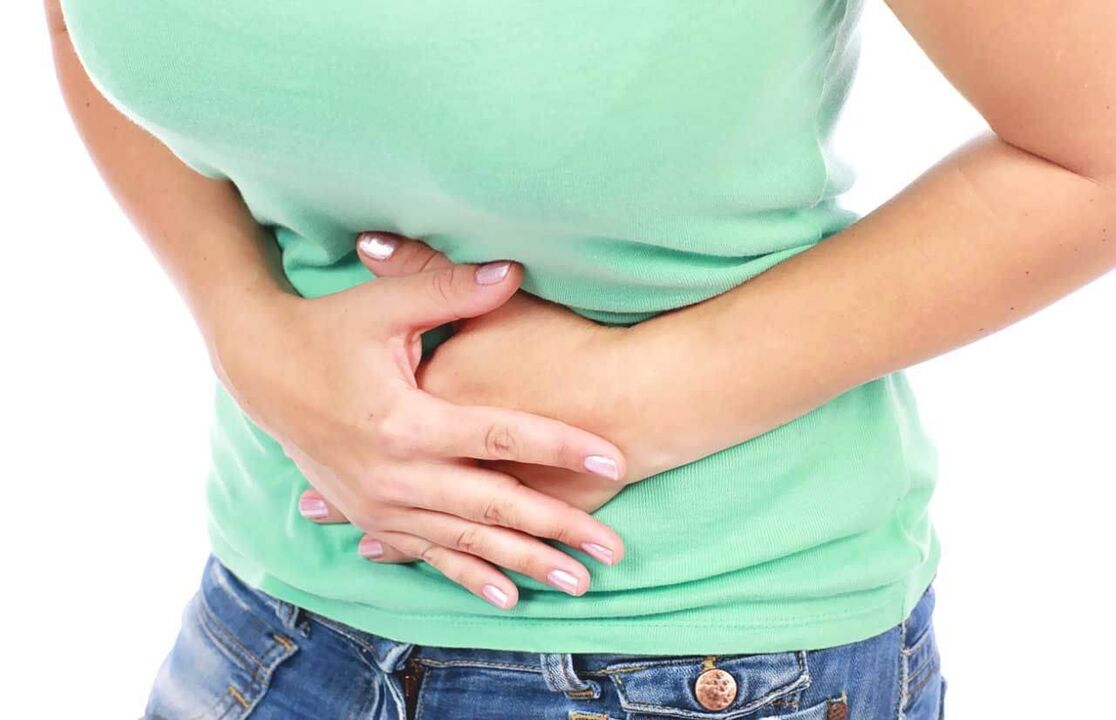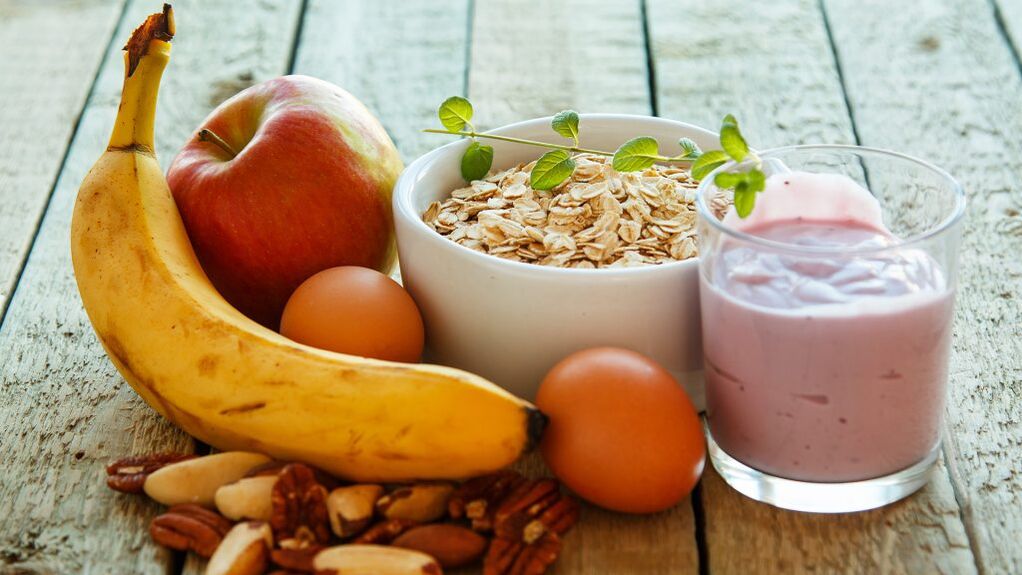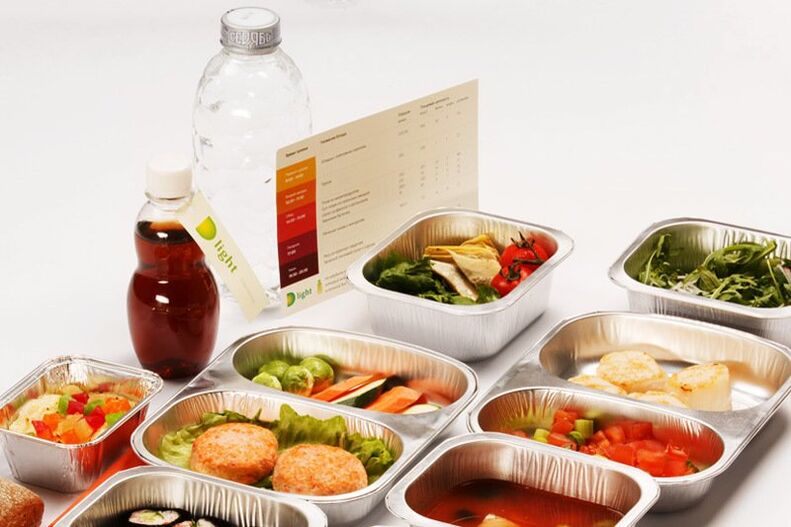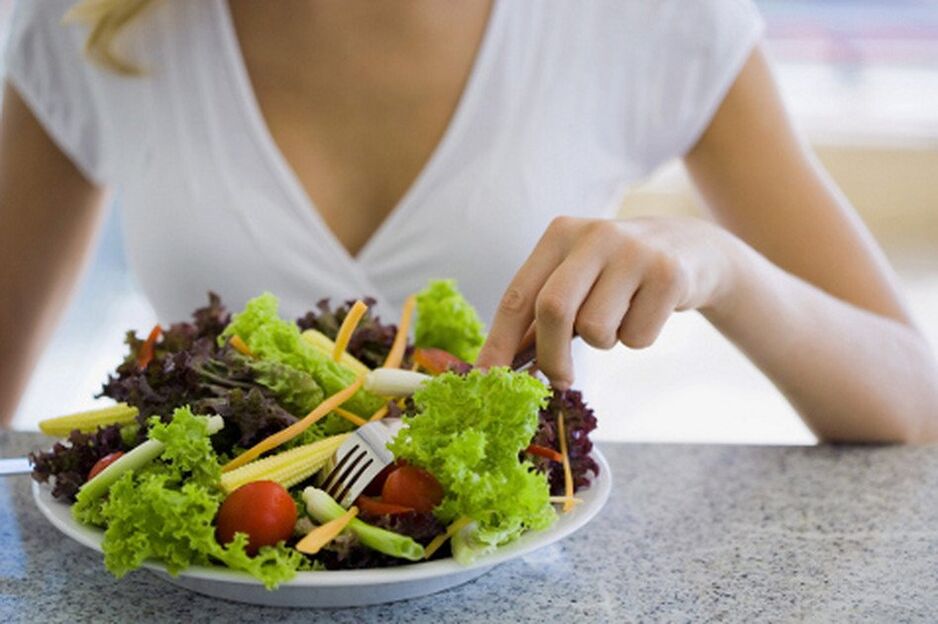Gastritis refers to a whole category of diseases that are associated with inflammatory and dystrophic changes in the gastric mucosa. Usually the disease is asymptomatic. In some situations, gastritis can manifest itself with the following symptoms: sharp pain in the stomach before or after eating, nausea, vomiting, constipation.

The main cause of gastritis is considered to be poor nutrition, and genetic predisposition is also possible. That is why, in order to reduce symptoms, the patient is recommended a special diet for gastritis.
General rules for creating menus

After determining the diagnosis, the doctor prescribes medication and special dietary nutrition to the patient. Diet for gastritis is considered not the only one, but one of the main parts of preventive measures and treatment of pathological changes in the gastrointestinal tract. Its main goal is to slow down all negative processes that promote inflammation or irritate the walls of the gastric mucosa.
Designed to combat the disease, diets are designed in such a way that the human body receives the necessary set of nutrients and beneficial substances necessary for normal life. There are several types of diets. They depend on the stage and type of development of the disease. But they are all compiled according to general rules:
- Eating excessively cold or hot foods is unacceptable;
- complete abolition of rough foods (dishes are ground, which is especially important for gastritis with high acidity), smoked, fried and salty foods, as well as canned food;
- you need to eat 5-6 times a day;
- boil food or cook in a double boiler;
- you should not eat mushrooms, various types of spices and herbs;
- Eliminate coffee from your diet and limit your consumption of chocolate.
During the period of treatment or preventive measures for gastritis, give up bad habits (alcohol, smoking), carbonated drinks.
Each dietary option helps improve the patient's condition. Therefore, it is very important that the attending physician develops a weekly menu for a certain type of gastritis.
Diet No. 1

Diet No. 1 is recommended for gastroduodenitis, acute gastritis and chronic disease, stomach or duodenal ulcers during the recovery period, as well as increased secretion of gastric juice. With diet No. 1, 3000 kcal per day is recommended, and the patient should consume at least 1. 5-2 liters of fluid. Table No. 1 is divided into 1a and 1b, however, these types of diet are short-term in nature (10-12 days), they are prescribed during an exacerbation of the disease.
You should refrain from eating salt for a certain time; if this is difficult to do, then you should not add enough salt to your food.
Permitted and prohibited products
| Can | It is forbidden |
|---|---|
|
|
During the period of exacerbation of pathology, the consumption of legumes is not recommended, since they contribute to gas formation in the stomach.
Sample menu for diet No. 1
Despite certain restrictions on the food consumed by the patient, the dietary table can be made quite varied.
- For breakfast: puree cottage cheese with milk, grind buckwheat porridge with milk or cook it with a steam omelet, tea (allowed with milk).
- Lunch: boil meatballs and potatoes (make mashed potatoes), prepare berry or milk jelly or bake an apple, drink milk.
- Lunch: soup (optional: vegetable, milk), steamed chicken cutlets and carrot puree or sweet rice pudding, jelly.
- Afternoon snack: you can drink rosehip infusion, a glass of tea, or prepare two pieces of toast and jelly.
- Dinner: dumplings with cottage cheese or lazy ones with tea.
- Before going to bed, you can have a small snack of cookies, crackers and a glass of milk.
Diet No. 2
Diet No. 2 is suitable for those who have chronic gastritis, colitis and low stomach acidity. If the pathology is complicated by other diseases of the kidneys, liver, diabetes mellitus, various disorders of the endocrine system, then the diet must be prescribed by several specialists at once, and they will draw up an appropriate menu.

Table No. 2 reduces the symptoms of the disease, restores the digestive organs, and promotes their normal functioning.
Diet No. 2 significantly enhances the effect of drug therapy if the patient is correctly diagnosed and the appropriate menu is selected.
Permitted and prohibited products
Table No. 2 is easy to prepare; the main thing is not to be tempted by a fatty piece of meat or a cake with rich butter cream. All of the listed dishes can be combined as you like.
| Can | It is forbidden |
|---|---|
|
|
Products that are allowed to be consumed in rare cases can only be approved by a doctor, who will determine the readiness of your body to accept aggressive food.
Sample menu for diet No. 2
The optimal amount of daily food intake is considered to be 5 meals a day. In this case, the patient should not forget about clean water. The body should receive at least 1. 5 liters of fluid. You are allowed to consume 15 g of salt in dishes per day.
- For breakfast: make oatmeal with butter or milk semolina porridge, cook a soft-boiled egg, brew tea or a weak coffee drink.
- Lunch: cottage cheese with sour cream, baked apple or curd pudding, tea with herbs.
- Lunch: chicken soup with pasta or noodles, borscht (lenten) is allowed, steamed cutlets, meatballs, pasta or vegetables, berry smoothie.
- Afternoon snack: may consist of a savory bun with tea, cottage cheese with any berry jam (fresh berries).
- Dinner: boiled vegetables and meat (baked fish), fruit salad with sour cream or mint tea (optional).
Diet No. 5

To prevent the chronic form of the disease from turning into an acute form, in such a situation the patient is prescribed a diet for gastritis of the stomach No. 5. It promotes a speedy recovery and prevents the development of pathological changes in the stomach that are life-threatening to the patient. That is why the patient should follow this type of diet throughout his life.
Permitted and prohibited products
Table No. 5 is so diverse that the patient will not feel any significant infringement on his preferences.
| Can | It is forbidden |
|---|---|
|
|
Sample menu for diet No. 5
Diet No. 5 is able to satisfy the patient’s basic nutritional needs. You should eat small portions every 3-4 hours.
- For breakfast: buckwheat porridge with butter or a sandwich with doctor's sausage, curd pudding, tea (coffee with milk).
- Lunch: tea with milk, green peas with steamed omelette are allowed, fresh ripe fruits, from which you can make compote or jelly.
- Lunch: boiled meat with stewed vegetables; soup lovers can prepare pasta soup, compote.
- Afternoon snack: biscuit or bun, freshly squeezed juice.
- Dinner: steamed fish or baked veal/beef, rice porridge, cauliflower puree, green or black tea.
- Before going to bed, you are allowed to drink kefir and rosehip decoction (optional).
Recommendations from nutritionists and gastroenterologists
During the period of exacerbation of gastritis of any form, it is advisable to adhere to a diet in order to minimize irritation of the affected organ. Chemical and mechanical irritants of the gastric mucosa can be:
- eating any food in unlimited quantities;
- fiber without restrictions;
- meat with veins and skin;
- acidic foods, raw fruits and vegetables.
Therapeutic nutrition brings enormous benefits, provided that it must be combined with drug therapy, sports, and preventive measures.
Useful advice from experts for people suffering from gastrointestinal diseases:
- Chew your food well, as the crushed product is easier to digest and absorb by the diseased organ;
- tonic drinks (coffee, energy drinks) irritate the mucous membranes of the stomach and intestines;
- mustard and vinegar contribute to the development of pathology;
- hot seasonings can be replaced with herbs, bay leaves, and cumin.
Many experts agree that heat treatment of food should take place in a water bath or in a double boiler so that the maximum amount of nutrients and beneficial substances remains in the food.
For each form of gastritis there is a specific type of diet. Each table is tasty and nutritious in its own way. The patient will not have to go hungry or eat tasteless food all the time. There are many recipes for preparing dishes while on a diet, which in taste are not inferior to many culinary masterpieces.





























